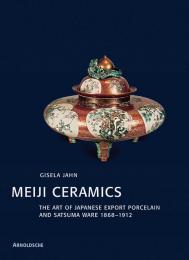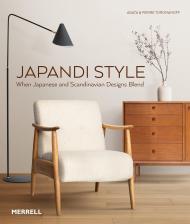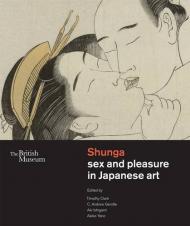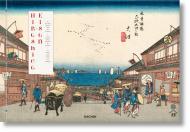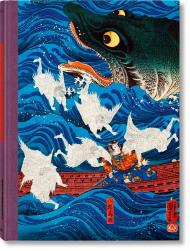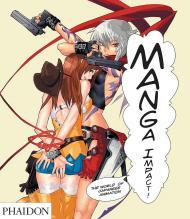Перша книга, яка розповідає історії найшанованіших живих японських керамістів століття їхніми словами, простежуючи еволюцію сучасного ремесла та мистецтва в Японії, а також значний вплив цих художників, який далеко виходить за межі національних кордонів.
Listening to Clay: Conversations with Contemporary Japanese Ceramic Artists – це перша книга, яка представляє розмови з деякими з найважливіших живих японських художників-керамістів. Простежуючи еволюцію сучасного ремесла та мистецтва в Японії, цей новаторський том висвітлює шістнадцятьох людей, чиї неперевершені майстерність та творчий блиск надали їм вплив, який далеко виходить за межі національних кордонів.
Незважаючи на блискучу кар'єру та міжнародне визнання за свою роботу, ці шістнадцять художників були маловідомими з точки зору їхніх особистих історій. Віком від шістдесяти трьох до дев'яноста трьох років вони втілюють різноманітний досвід кількох поколінь, які були активними та успішними з кінця 1940-х років до наших днів, періоду масштабних змін. Тепер, вперше ділячись своїми історіями у виставці Listening to Clay, вони не лише описують свої особливі процеси, натхнення та стосунки з глиною, але й разом простежують сейсмічний культурний зсув у галузі, в якій багатовікові, але виняткові традиції гончарства відкрилися для нових практиків та видів практик.
Listening to Clay включає розмови з художниками, народженими в гончарних сім'ях, а також з деякими з перших жінок, прийнятих на керамічний факультет Токійського університету мистецтв, розповідаючи ширшу історію про винахідливість та новаторство, що сформували сучасне мистецтво в Японії та в усьому світі. Кожен художник представлений у статті, що включає короткий вступ, портрет, вибрані приклади його робіт та інтимне інтерв'ю, проведене авторами протягом кількох особистих візитів з 2004 по 2019 рік. В основі кожної історії лежить особистий зв'язок художника з глиною, який часто описують як співпрацю з матеріалом, а не як нав'язування наміру.
Найстарший художник, з яким брали інтерв'ю, Хаяші Ясуо, вступив до армії під час Другої світової війни у віці п'ятнадцяти років і пройшов навчання на пілота-камікадзе. Він народився в родині, яка поколіннями випалювала кераміку в кооперативних печах, але відмовився від традиційних методів і став першим художником у Японії, який створив справді абстрактну керамічну скульптуру. Наприкінці 1960-х років інша художниця, Місіма Кімійо, розробила техніку шовкографії на глині та почала створювати керамічні газети, щоб прокоментувати поширення цих медіа. Вона захопилася сміттям, відтворюючи його з глини, і працювала у відносній безвісті протягом десятиліть, поки у 2015 році не відбулася велика виставка в Токіо.
Виставка Listening to Clay з передмовою куратора, письменника та історика Гленна Адамсона та передмовою Моніки Бінчик, заступника куратора японського декоративного мистецтва в Метрополітен-музеї, була проектом, який понад п'ятнадцять років створювали авторки Еліс та Холсі Норт, шановані та обізнані колекціонери та меценатки сучасної японської кераміки, та Луїза Еллісон Корт, почесний куратор кераміки Національного музею азійського мистецтва Смітсонівського інституту. Книга також містить розмови з п'ятьма важливими дилерами сучасної японської кераміки, які відіграли та відіграють вирішальну роль у представленні робіт цих художників світові, кілька детальних додатків та глосарій термінів, відповідних людей та стосунків.
Listening to Clay – це давно очікувана та прониклива книга, яка вперше висвітлює деяких найвідоміших сучасних японських художників-керамістів через особисті, своєрідні розповіді про їхнє повсякденне життя, надаючи особливий доступ до їхнього творчого процесу та художнього розвитку.
Про авторів:
Аліса та Холсі Норт – новатори-колекціонери та прихильники сучасної японської кераміки. Вони організували керамічні тури Японією для Нью-Йоркського Японського товариства. Їхня колекція була представлена на виставці «Сучасна глина: японська кераміка для нового століття», що проходила в Музеї образотворчих мистецтв у Бостоні у 2005-2006 роках, та в Нью-Йоркському Японському товаристві у 2006-2007 роках. Основним завданням їхнього колекціонування та пропаганди було познайомити нову аудиторію з цим видом мистецтва. Вони передали значну частину своєї колекції американським музеям, зокрема Метрополітен-музею в Нью-Йорку, Музею образотворчих мистецтв у Бостоні та Національному музею азійського мистецтва Смітсонівського інституту у Вашингтоні, округ Колумбія. У Метрополітен-музеї також зберігається база даних, архіви та бібліотека їхньої колекції.

